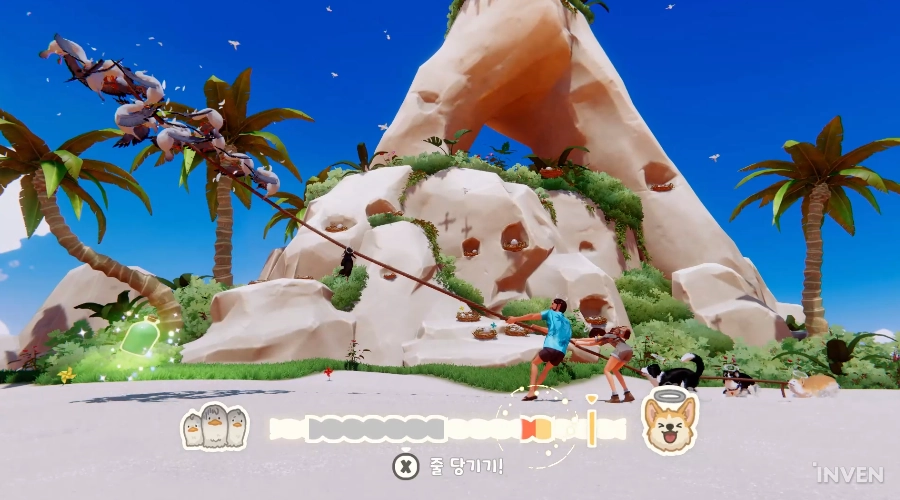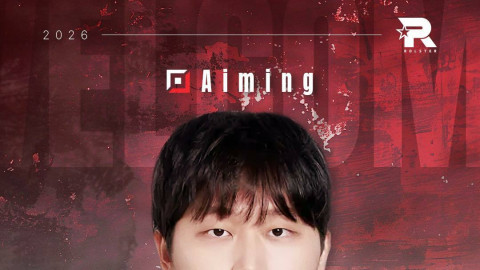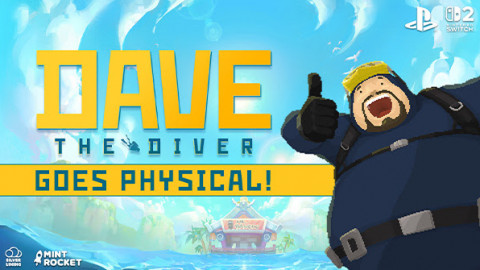"There is a story that when a person dies, the dog that was there first comes to meet them." (Original: Snowcat)
This is the first sentence you encounter when you start “My Little Puppy.” At that moment, I was reminded of the evaluation left by critic Lee Dong-jin on the movie “Along with the Gods”, “an industrial tearjerker. While I welcome any work that moves me, if it is a 'melodrama' that deliberately tries to squeeze out tears, I tend to activate my defense mechanisms. So, to be honest, I started with lowered expectations.
However, “My Little Puppy” was not just a game relying on obvious tear-jerking devices. It is a story that begins with personal loss, explores the life of a dog, and ultimately concludes with social reflection and healing. It is closer to an “auteur” game that steadfastly pushes the message the creator wants to convey, rather than the dopamine-inducing, stimulating action that dominates the gaming market.

Above all, the first charm that represents the authenticity of this game is the quirky “twerking”. Since the main character “Bong-gu” is a Welsh Corgi, the movement of that plump little butt throughout the gameplay is astonishing. While other games study the physics of female characters' body movements, this game has meticulously researched the physics of the Welsh Corgi's butt muscles and fur. This obsessive attention to detail alone can explain how much the developers love the character of Bong-gu.

Game Title: My Little Puppy
Genre: Adventure
Release date: November 7, 2025.
Review copy: Official build
Developer: Dreamotion
Services: Dreamotion, KRAFTON
Platforms: PC, PS5, Xbox, Switch
Play: PC
A Journey of Reaching Out Beyond Loss
“My Little Puppy” reinterpreted the universal tragedy of “pet loss”, which pet owners cannot avoid, using the language of games. It is quite interesting that KRAFTON, represented by “PlayerUnknown’s Battlegrounds”, has invested in the highly personal realm of “empathy” through its subsidiary studio.
The reason why the narrative of this game differs from a simple virtual scenario lies in its “authenticity.” Some misunderstood that the development shifted its direction from a cat game, but this is not true. “My Little Puppy”was, from the very beginning, a dedication to CEO Lee Jun-young's pet dog, Bong-gu.
Especially, the real story with Bong-gu adds to the depth of sadness that the game expresses. Bong-gu was an 8-year-old dog on the verge of euthanasia at a stray dog shelter, and he was a sick child suffering from heartworm disease. Although CEO Lee adopted him and made every effort to treat him, unfortunately, the time they spent together as a family was only 7 months.
It is a '“digital altar” built to forever remember the short but intense connection and the love that could not be fully expressed; therefore, the breathing and gestures of Bong-gu in the game come across to the player with more significance than mere graphics.

The core motif of the story is the poem in the English-speaking world, “The Rainbow Bridge” It is usually interpreted that pets patiently wait for their owners in the afterlife, but Bong-gu in the game is different. As soon as he catches a whiff of his owner's scent, he wags his tail and goes out to meet him, crossing the boundary of heaven. It comforts pet loss with “dynamic love running toward me” rather than “still longing”.
At the same time, the game does not overlook the cold reality. The episode featuring an old man and a puppy in the early part of the game is inspired by the actual “CAN puppy theft incident”,while the veterinarian character is based on a real-life veterinarian in Taiwan who struggled with the guilt of euthanasia and ended their owntheir life. By confronting the tragedies created by human selfishness, such as dog fighting and experimental dogs, the game transcends simple healing and poses serious questions about bioethics.

The Aesthetics of Cooperation Born From Deficiency
“My Little Puppy” allows players to see the world through the senses and body of a dog, not a human. The most prominent design here is the short legs of the Welsh Corgi.
Short legs are a clear limitation. You can't jump as high as Mario or climb walls as gracefully as Link. However, the game transforms this physical flaw into a collaborative advantage. Bong-gu desperately needs the help of other animals or NPCs to reach high places or open doors. This embodies the characteristic of the species that “a dog is only complete when with a human (or a companion).” Players get to experience being not just all-powerful heroes, but beings who are loved and assisted.


Unlike humans who rely on visual information, the dog's keen sense of smell is well integrated into the UI. Instead of a complex mini-map, following the trail of scents that rise on the screen is intuitive and immerses you in the feeling of "becoming a dog."

 ▲ Bong-gu heading toward the owner's scent (Purple)
▲ Bong-gu heading toward the owner's scent (Purple)
The gameplay mixes various genre variations into the adventure, which could otherwise be monotonous. Stealth, where you hide from gigantic enemies, a chase through collapsing terrain, and a delightful fighting section that parodies“Street Fighter”.. In particular, the sight of Bong-gu swinging his front legs while fighting serves as an excellent pacing device in the otherwise serious flow.
The Power of Healing and the Regret of Manipulation
Of course,“My Little Puppy”is not a perfect game in every aspect. If we evaluate its technical proficiency as a game objectively, the pros and cons are clear.
The biggest disappointment is the control. At this point, it ironically highlights how great Nintendo's “Super Mario” truly is. Bong-gu's movements are somewhat sluggish, and the hitbox is ambiguous, often resulting in unintended falls. Especially on the “Snow Mountain”' map, while the slippery physics effect is intended to create an uncontrollable situation, it induces considerable stress for the player.
The “feedback” that leads the player’s actions to produce consequences is also somewhat loose. In scenes where one pushes whales into the sea or engages in tug-of-war with seagulls, the button manipulation feels more like a formality to show a predetermined sequence rather than a precise representation of the input on the gauge. It seems necessary to improve the intuitive connection between the player’s input and the resulting outcomes on the screen.

▲ The staging, which seemed somewhat meaningless, felt disappointing
The volume of content is also a point of contention. There are criticisms that the price of around 20,000 won is somewhat burdensome compared to the short playtime of about 5 to 6 hours. Additionally, the low difficulty and intuitive nature of the puzzles may give hardcore gamers seeking a challenge the impression that it is "more of an interactive fairy tale than a game."
However, these technical flaws or limitations in volume do not diminish the value of this game. The essence of “My Little Puppy” does not lie in complex controls or extensive content. The developer's message, its sincerity, has successfully reached the player's deepest heart.
In fact, the game is currently receiving overwhelmingly positive reviews on the Steam platform (97% positive out of 1,524 reviews as of November 20). Users have gladly responded with “overwhelming positivity ' to the warmth and sincerity that goes beyond the crude system.
A Promise to Meet Again

When the ending credits roll, the player will be reminded of the companion animal that is by their side or has already departed. And with the belief that "it is still running to meet me," they will find great comfort. This transcends mere entertainment and can be seen as a new form of digital-age funeral and memorial ritual.
This game will be an irreplaceable remedy for those who love pets, especially for those who have experienced pet loss. The somewhat clumsy controls can be forgiven, as the fatal back view of Bong-gu and the even warmer comfort await. It is recommended to prepare tissues next to the controller and play.
This article was translated from the original that appeared on INVEN.
Sort by:
Comments :0







